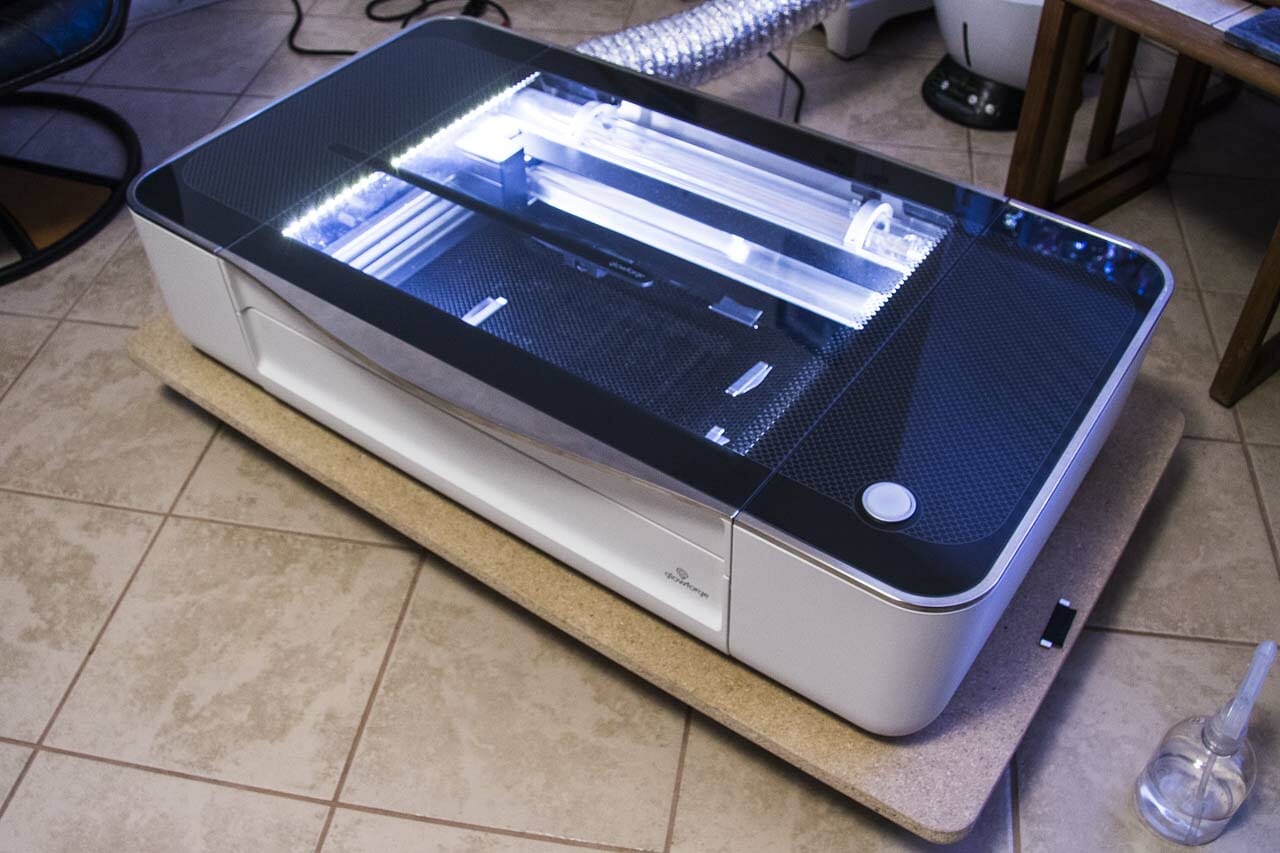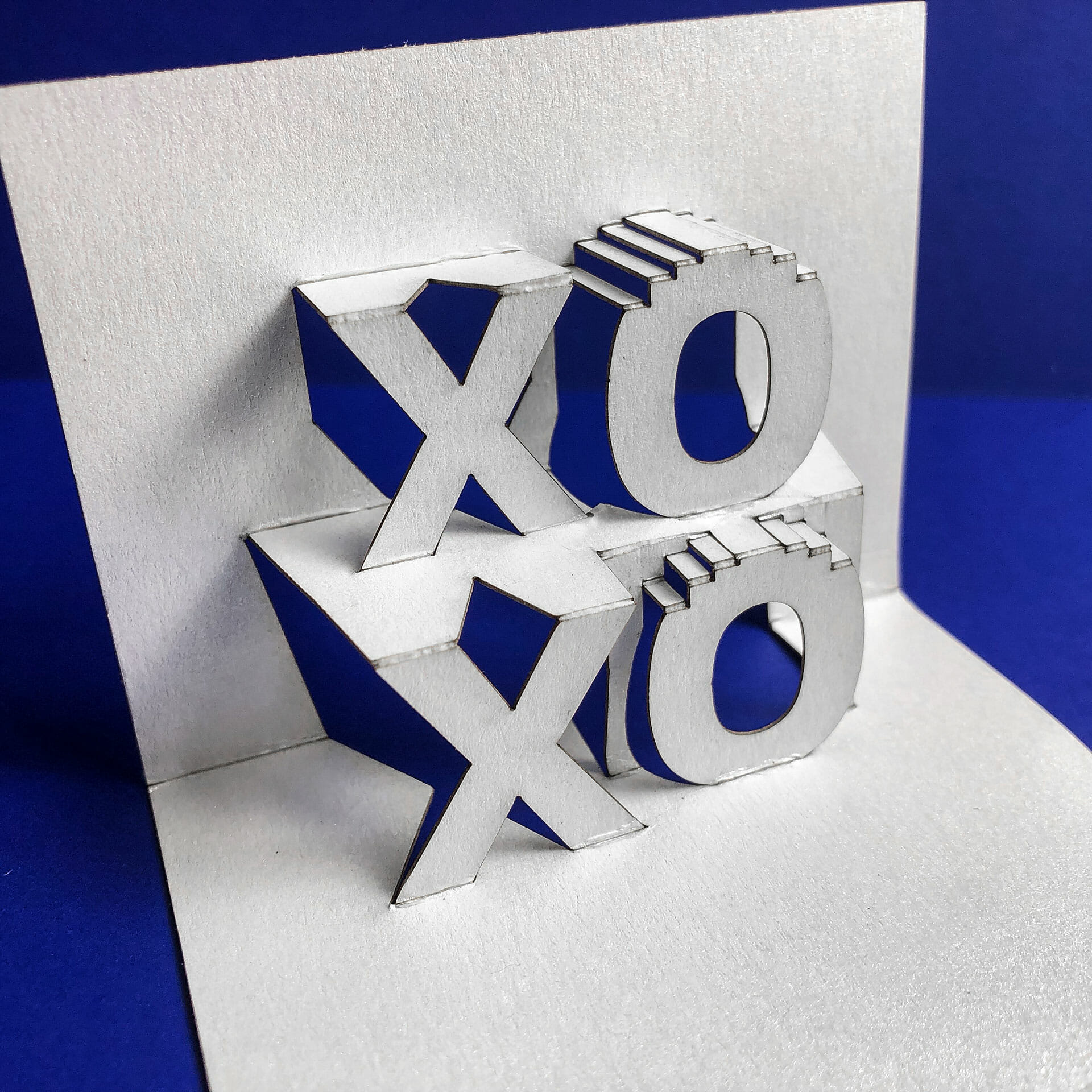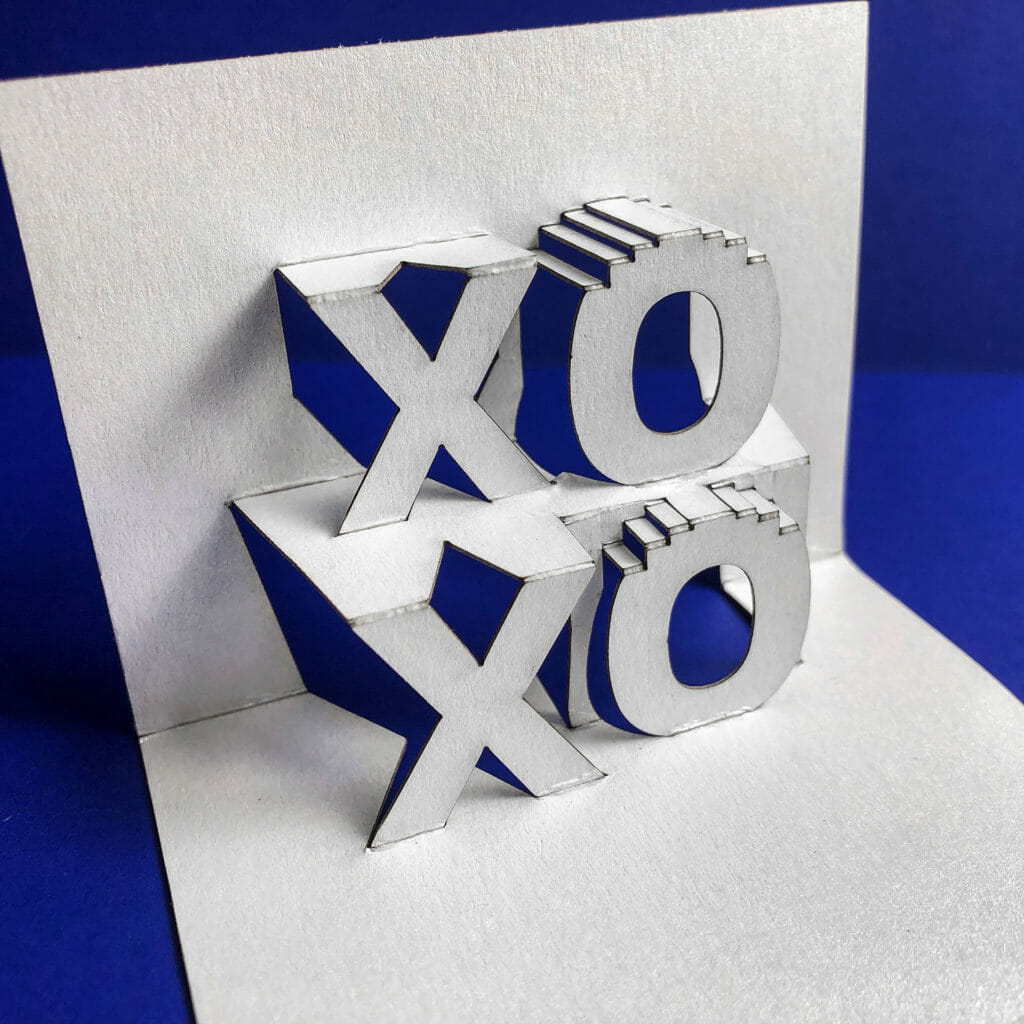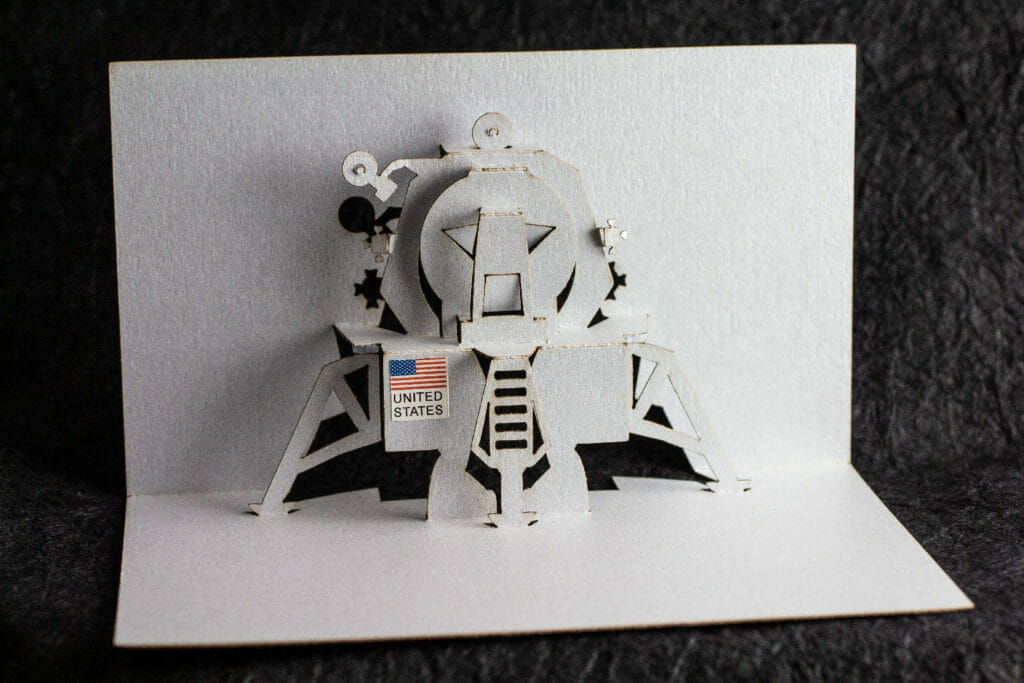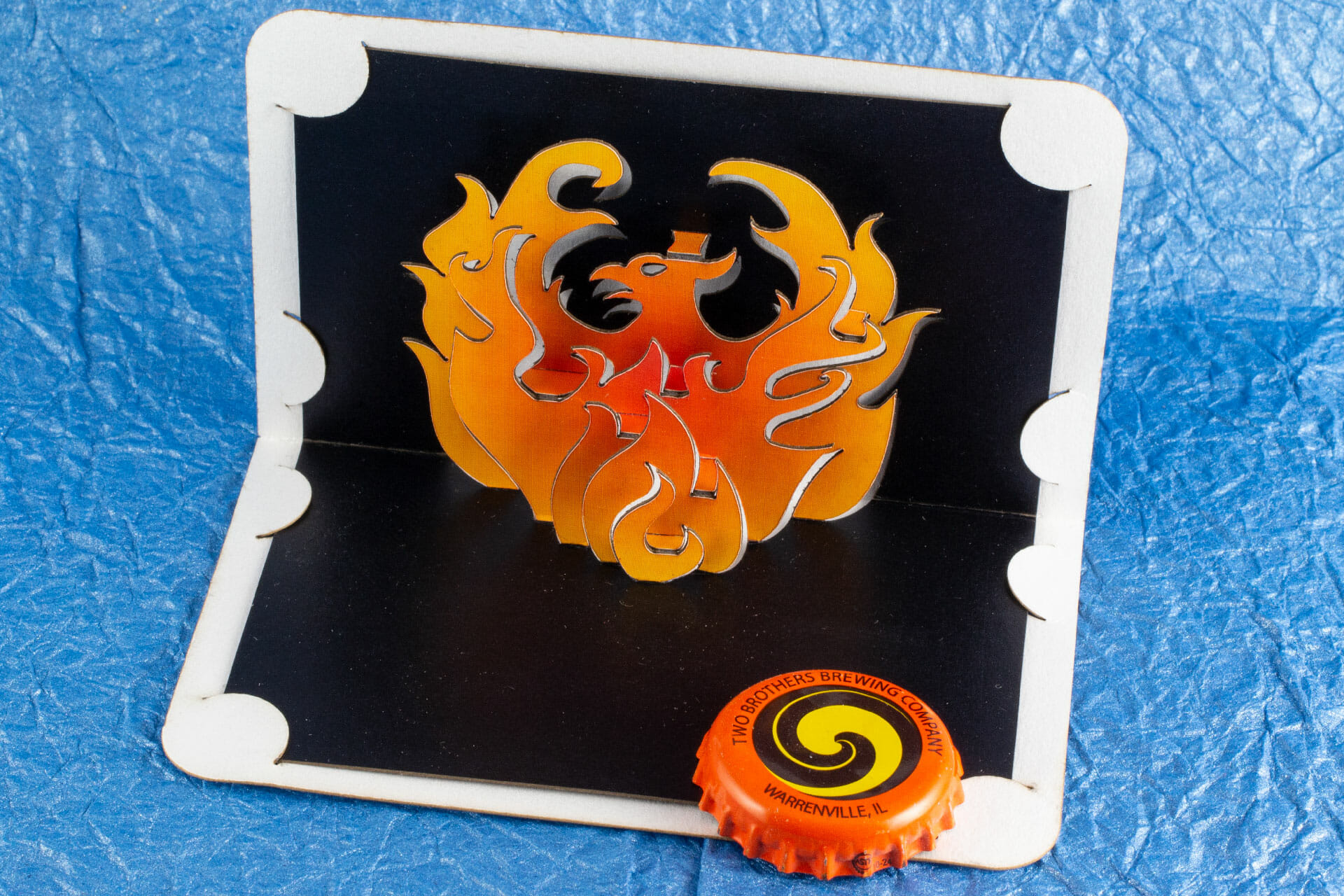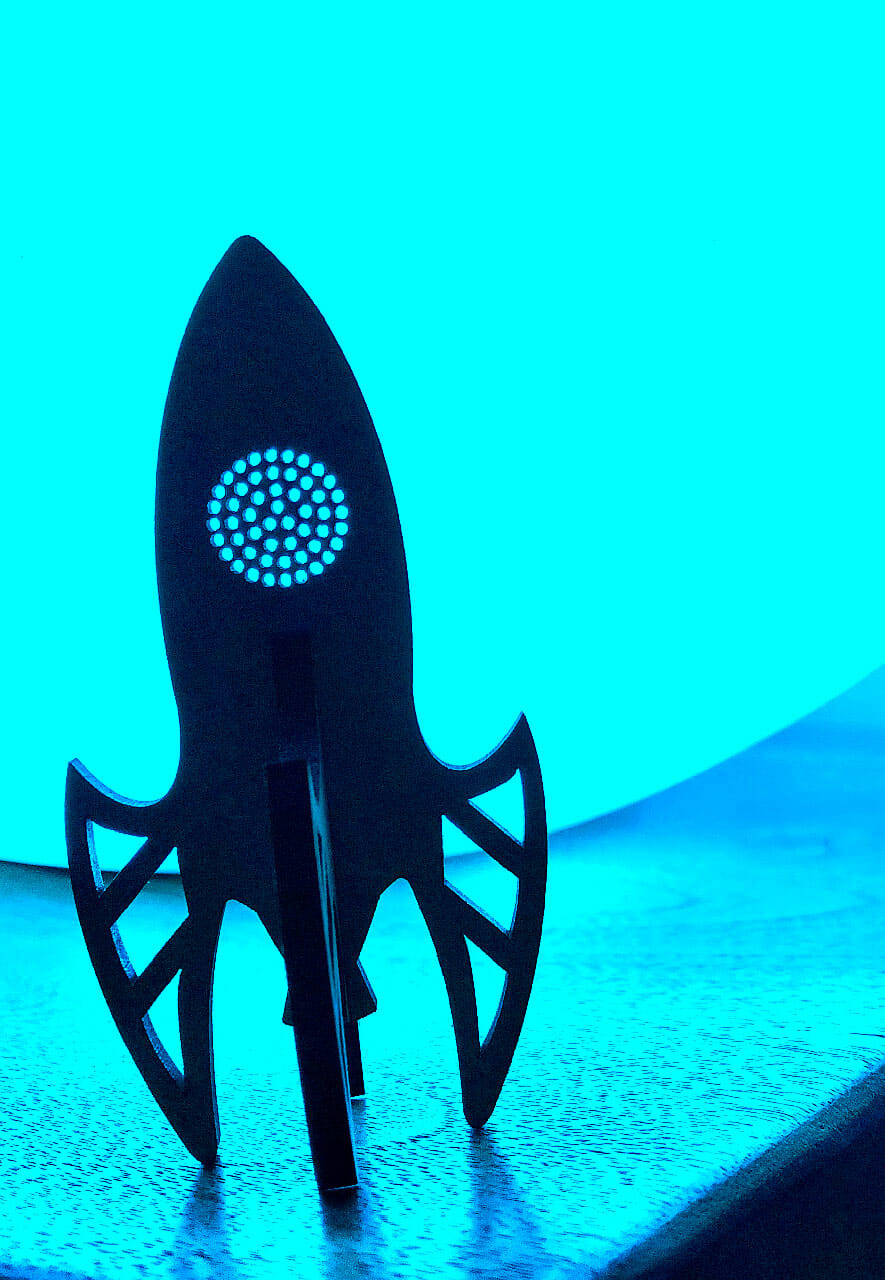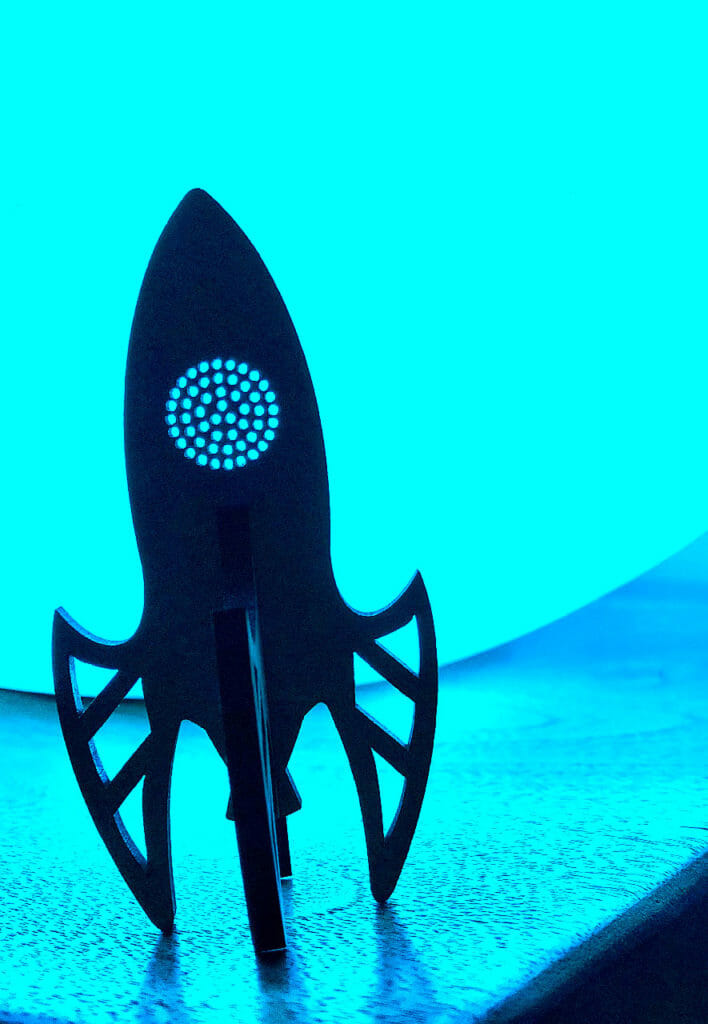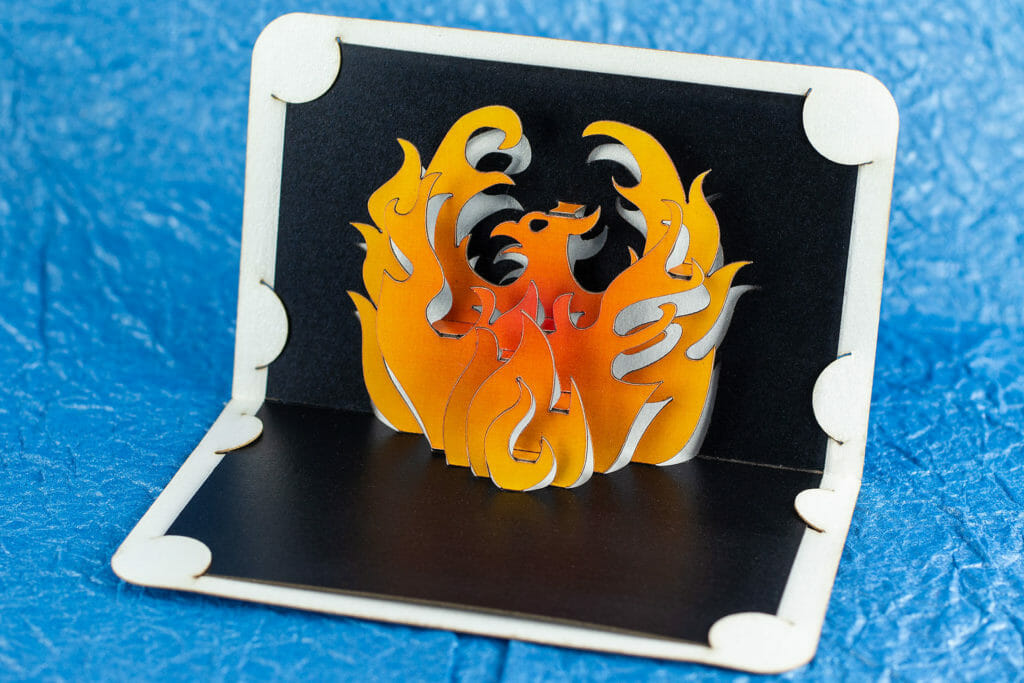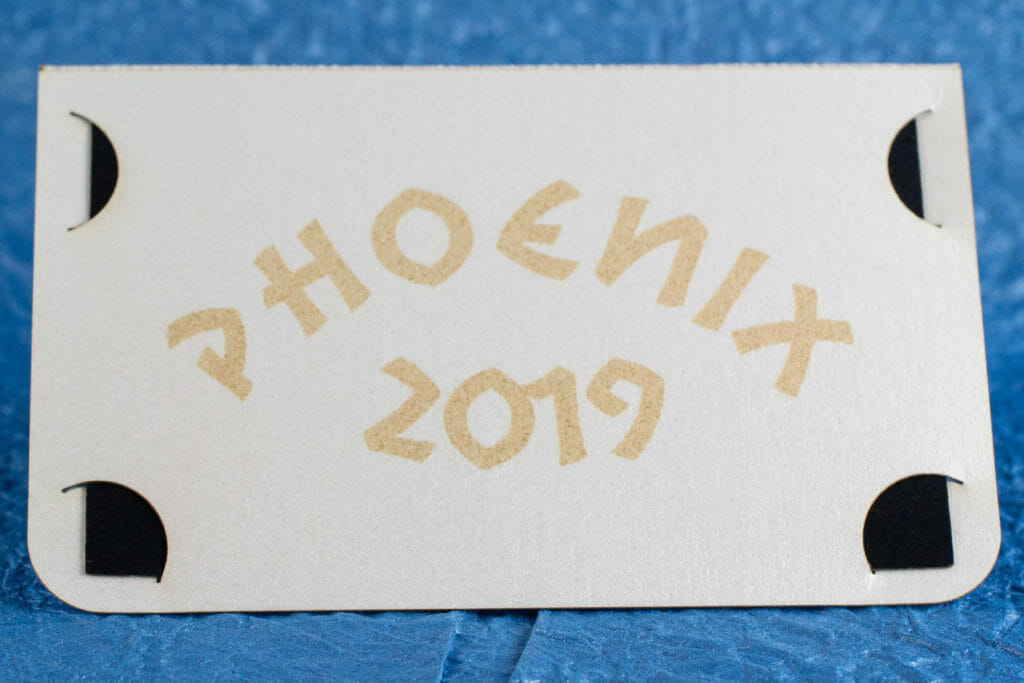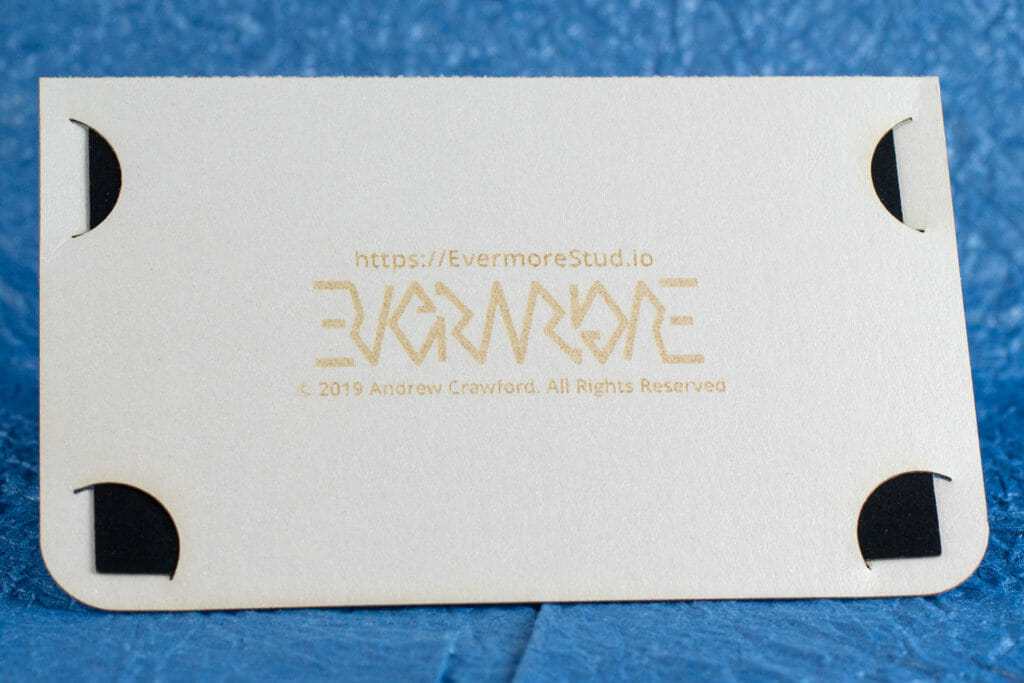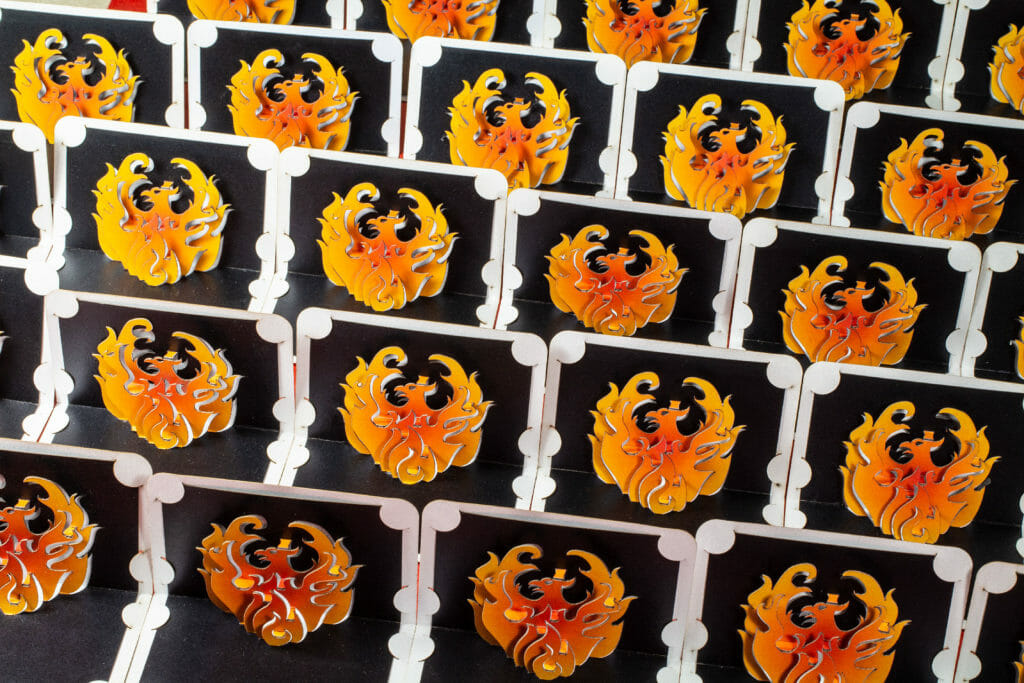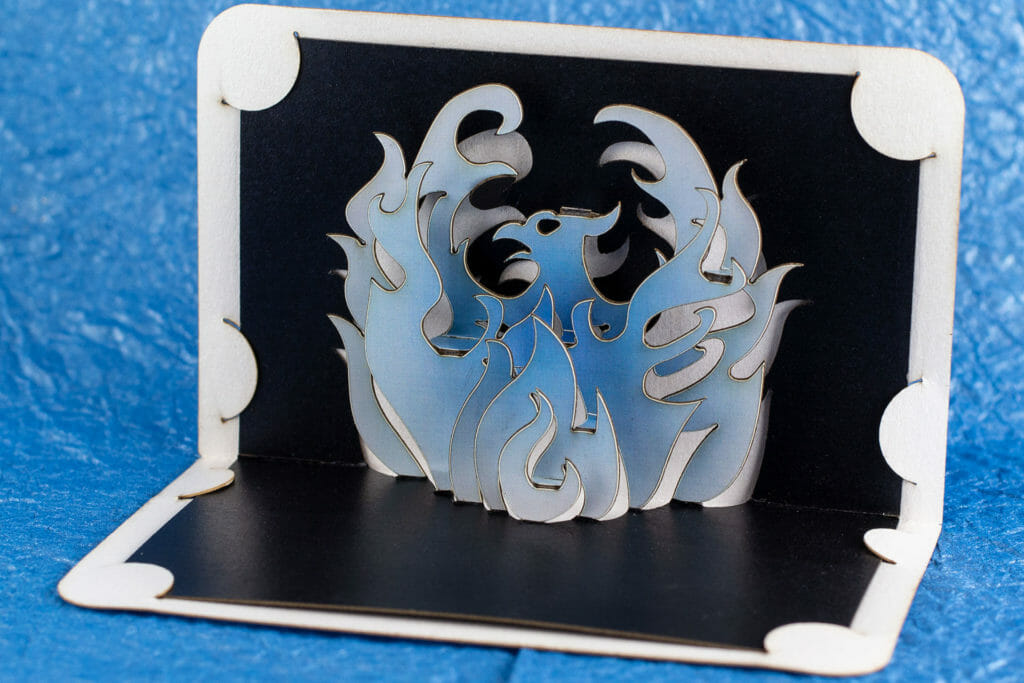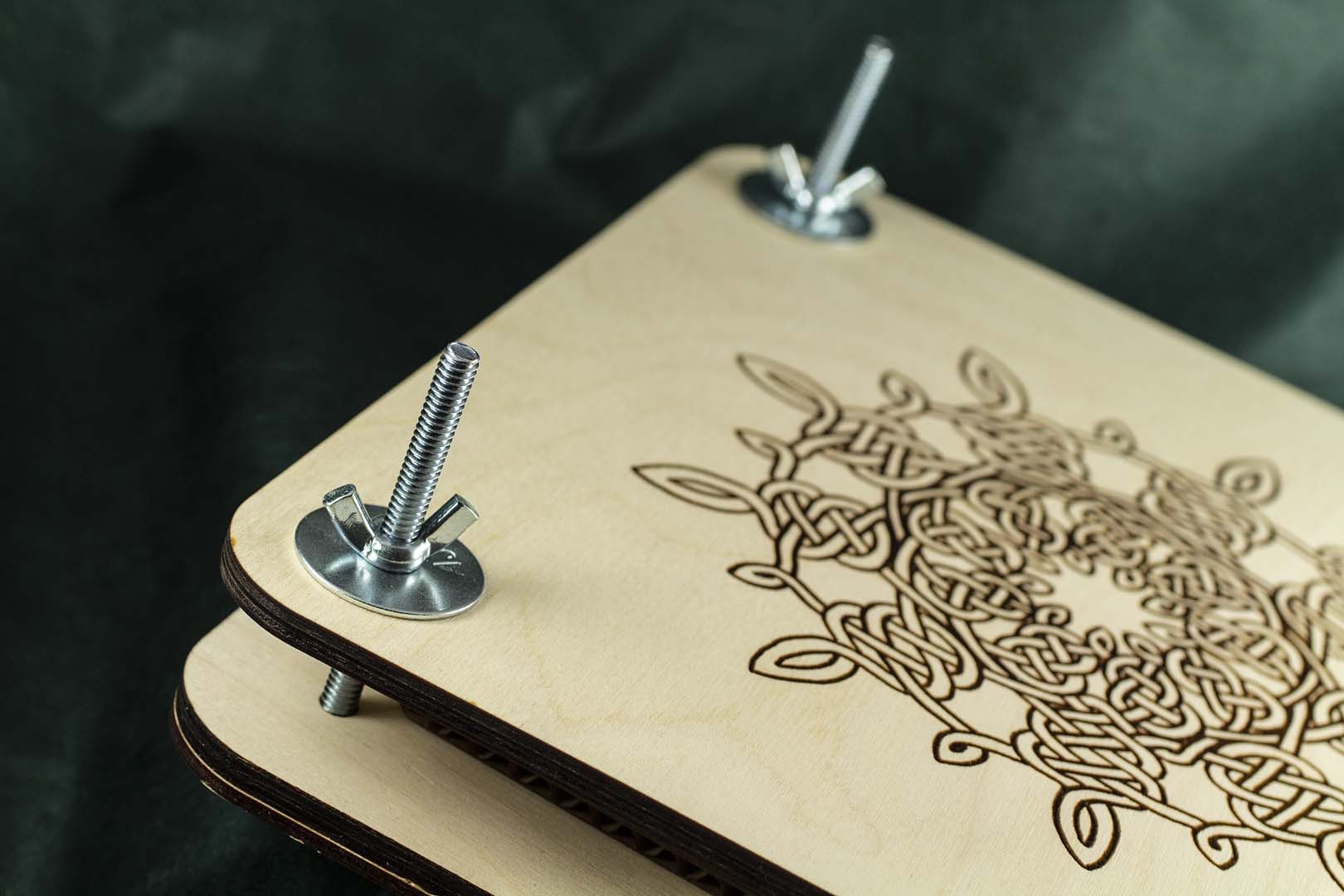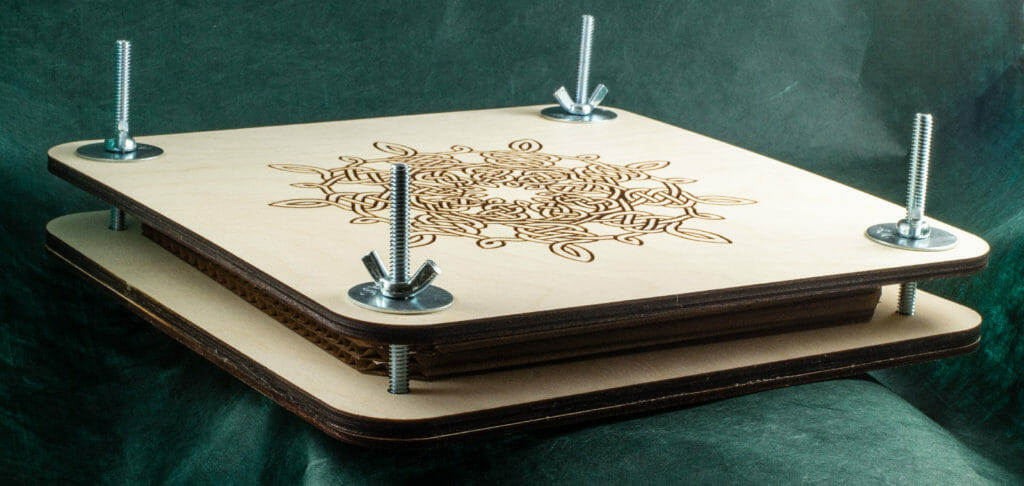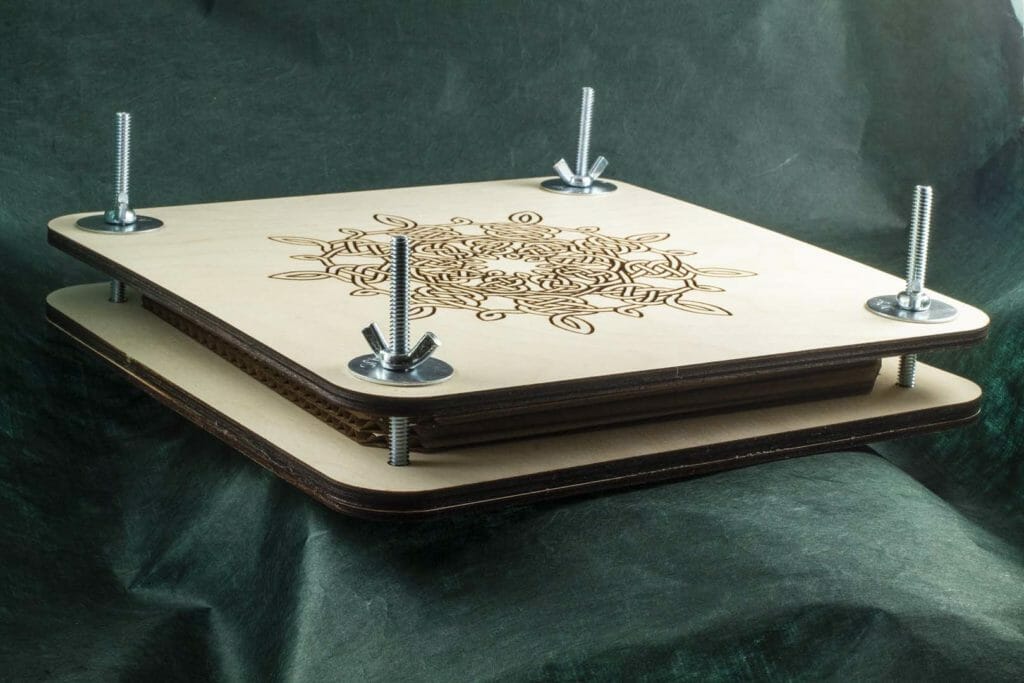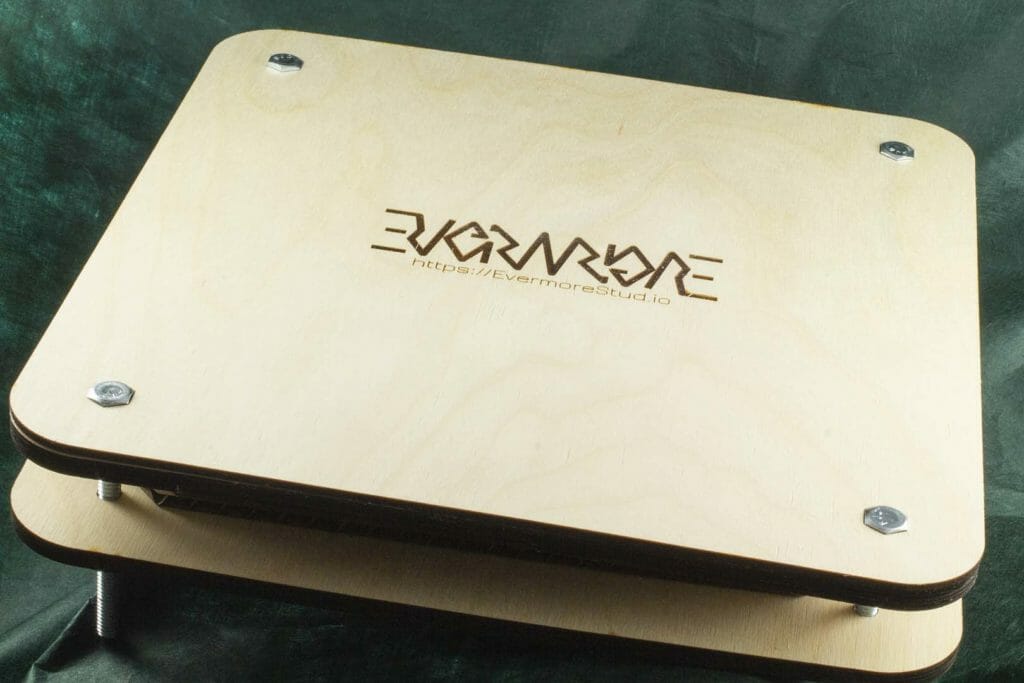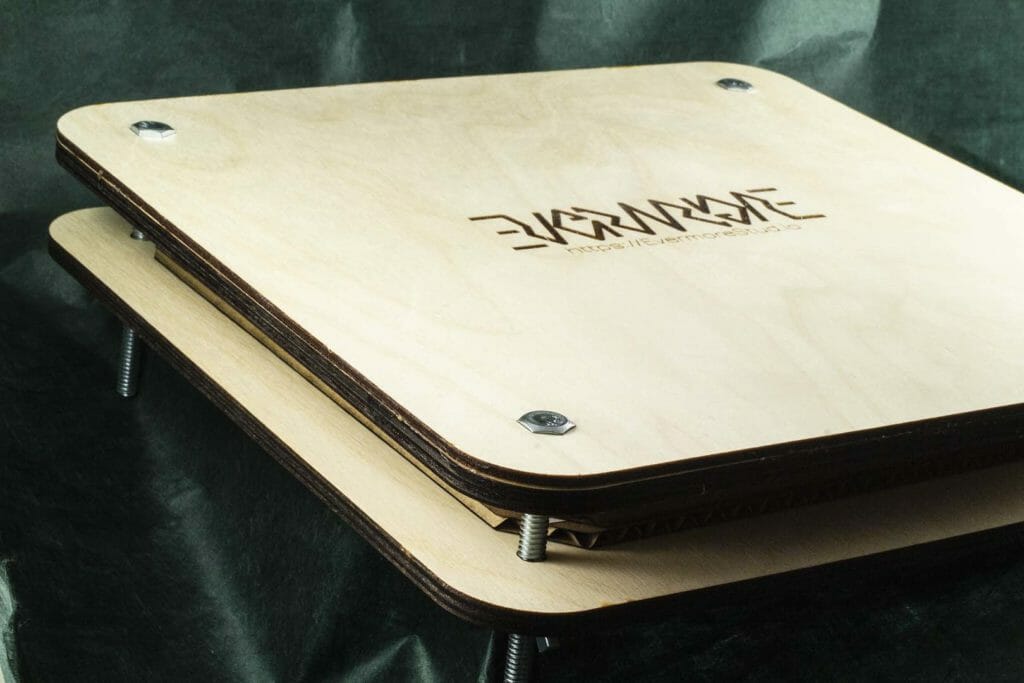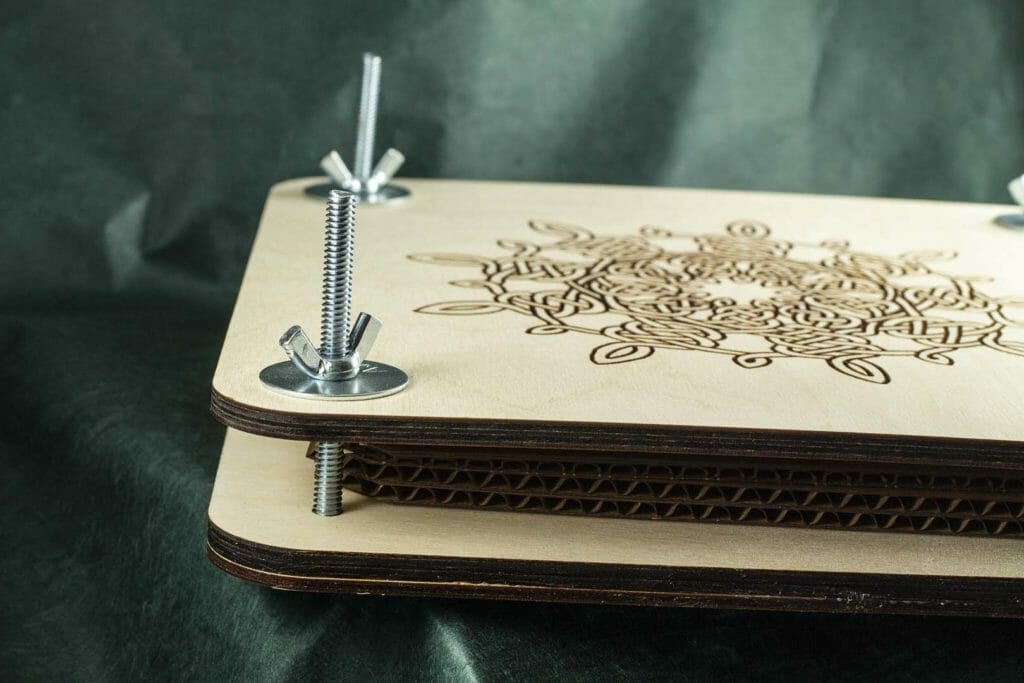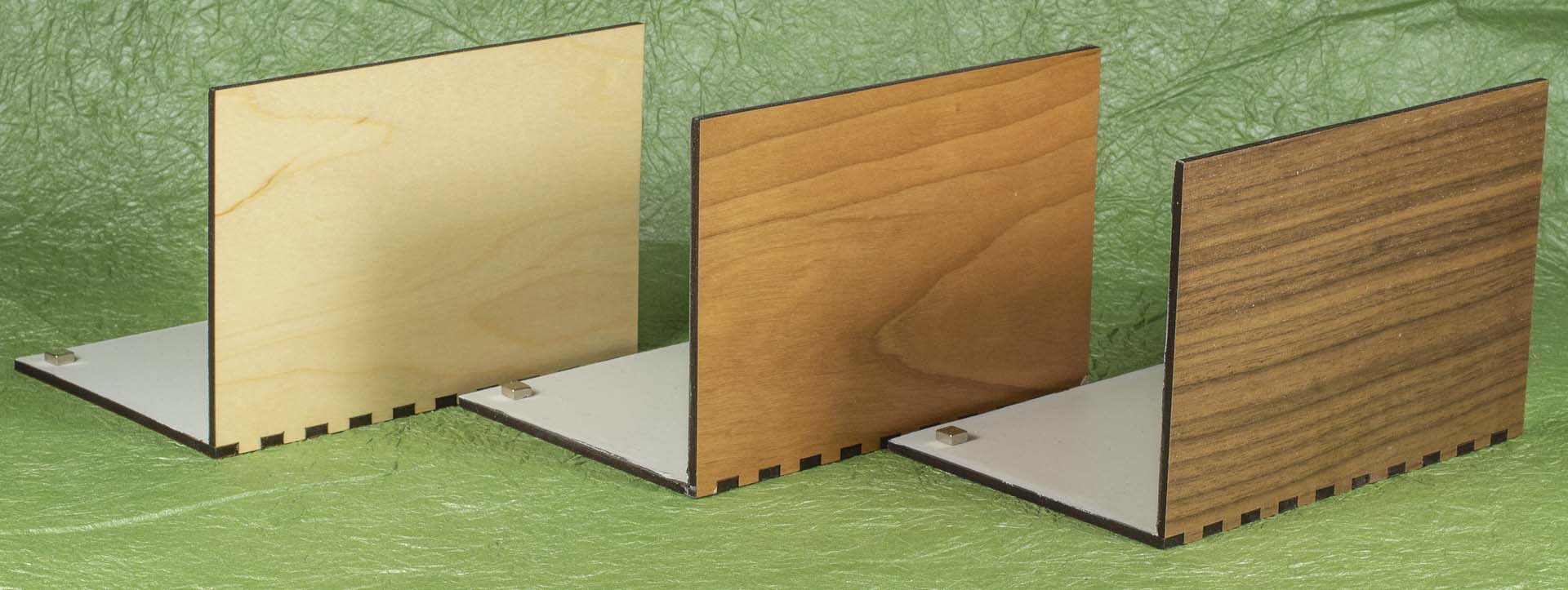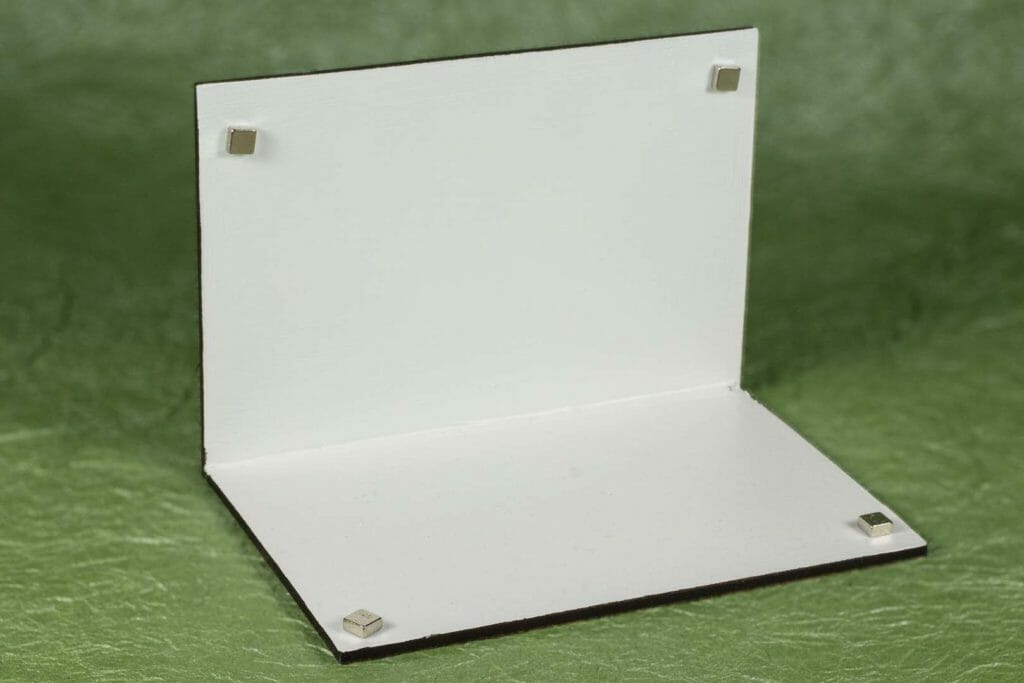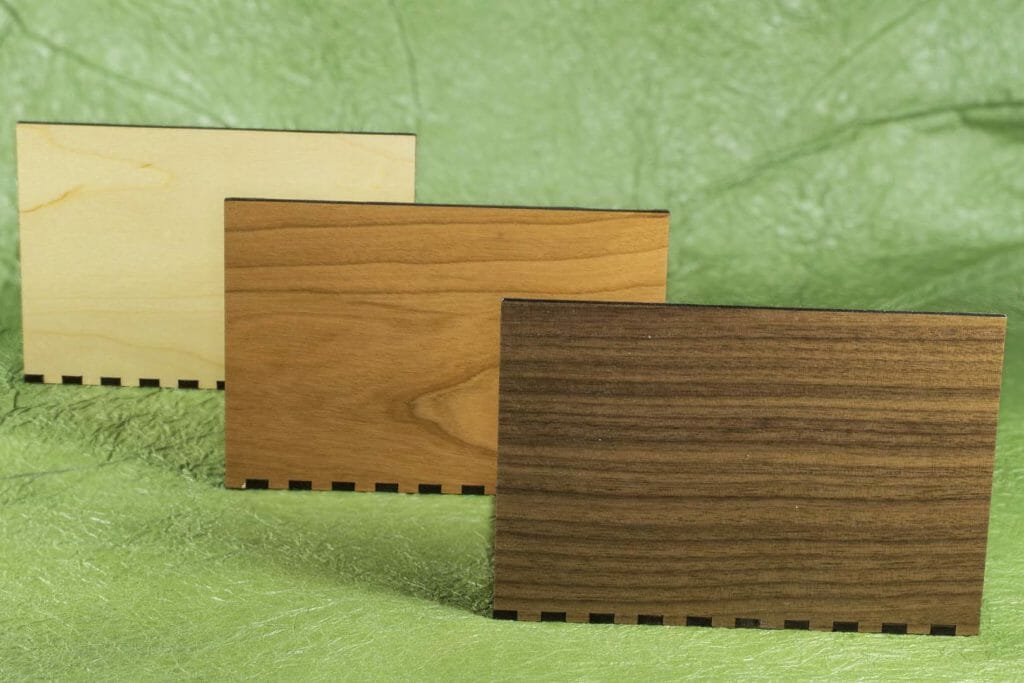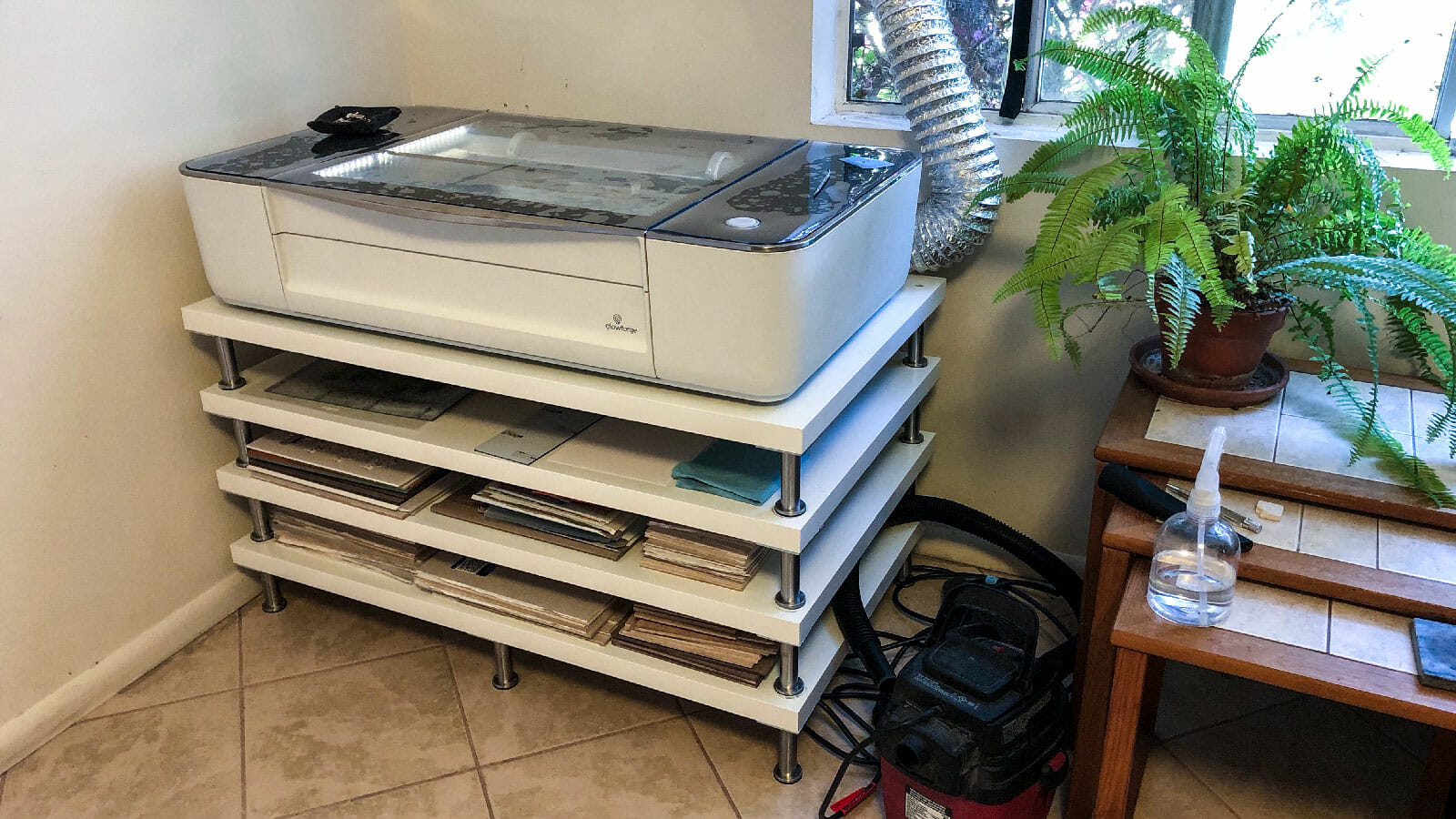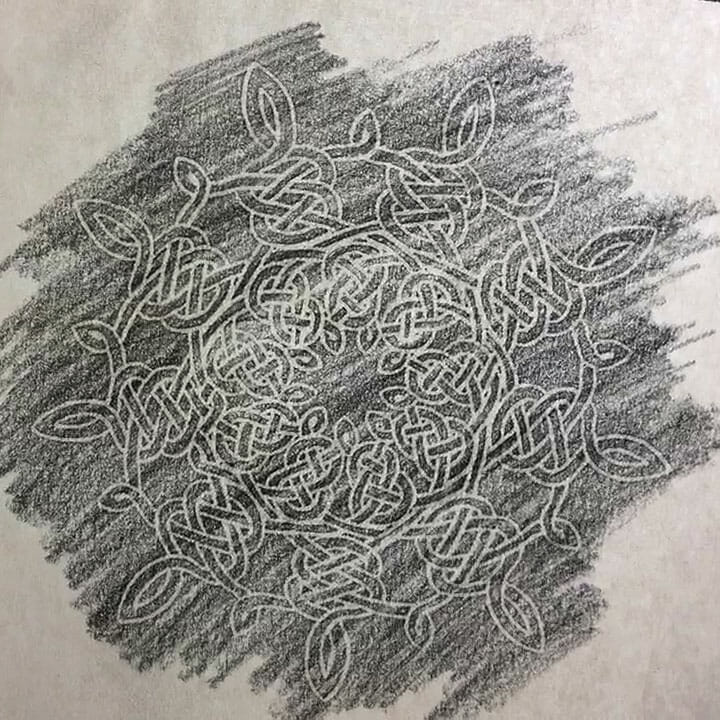Arizona Glowforge Get-Together
Greetings, Arizona Glowforgers!
There is going to be a get-together for Arizona Glowforge users and people interested in the Glowforge to meet each other on Saturday, 18 January 2020 at Angel’s Trumpet Ale House in downtown Phoenix (810 N. 2nd St., Phoenix, AZ 85004) from 3PM to about 5PM. If you are interested in the Glowforge or, even just meeting some other local makers, please stop in and say hello!
Note that this is not an official Glowforge-sponsored event. Some of us just decided it would be fun to meet up.
If you think you are going to attend, it would be nice if you let me know so we can grab a table of the appropriate size.
Glowforge Get-Together
18 January 2020 @3PM
Angel’s Trumpet Ale House
810 N. 2nd St.
Phoenix, AZ 85004

